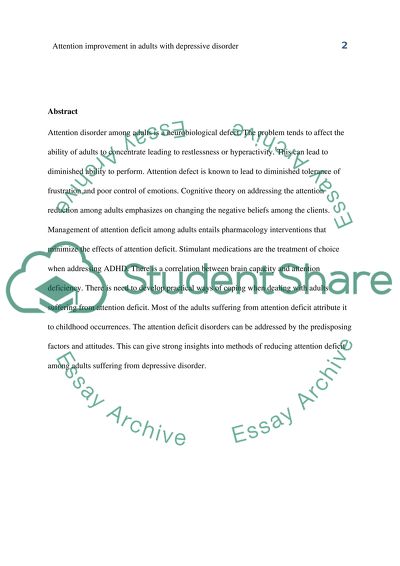Cite this document
(“Attention improvement in adults with depressive disorder Research Paper”, n.d.)
Attention improvement in adults with depressive disorder Research Paper. Retrieved from https://studentshare.org/psychology/1470854-attention-improvement-in-adults-with-depressive
Attention improvement in adults with depressive disorder Research Paper. Retrieved from https://studentshare.org/psychology/1470854-attention-improvement-in-adults-with-depressive
(Attention Improvement in Adults With Depressive Disorder Research Paper)
Attention Improvement in Adults With Depressive Disorder Research Paper. https://studentshare.org/psychology/1470854-attention-improvement-in-adults-with-depressive.
Attention Improvement in Adults With Depressive Disorder Research Paper. https://studentshare.org/psychology/1470854-attention-improvement-in-adults-with-depressive.
“Attention Improvement in Adults With Depressive Disorder Research Paper”, n.d. https://studentshare.org/psychology/1470854-attention-improvement-in-adults-with-depressive.


